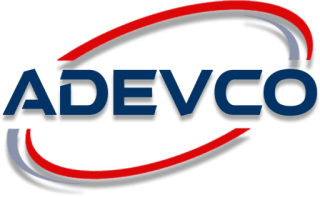Entity Framework
Entity Framework (EF) is an ORM for .NET that allows developers to interact with databases using .NET objects instead of raw SQL. It simplifies data access and manipulation by mapping database tables to classes. EF supports multiple development approaches, including Code First and Database First.
- Object-Relational Mapper (ORM)
- CRUD Operations
- Versatile Approaches
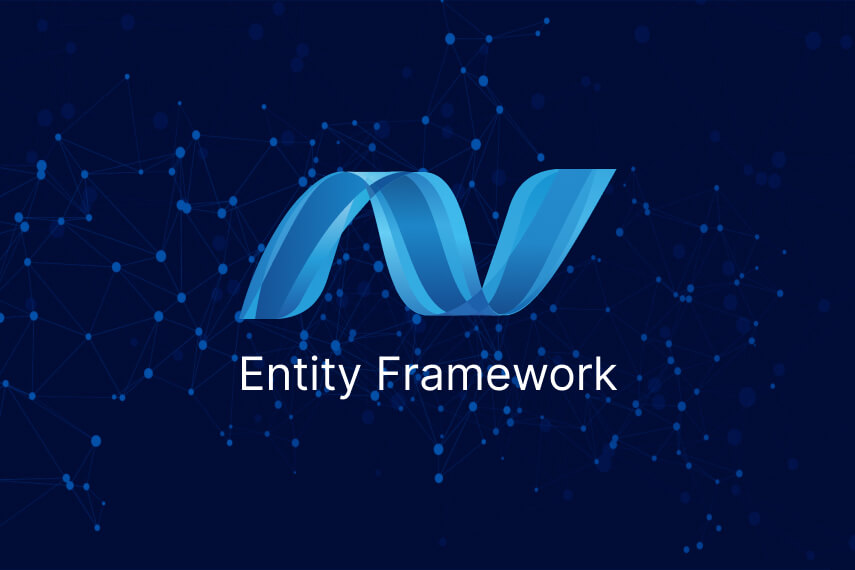
LINQ
LINQ (Language Integrated Query) is a .NET feature that allows you to write queries directly in C# or VB.NET using a syntax similar to SQL. It provides a unified approach to querying different data sources, including arrays, collections, and databases. LINQ improves code readability and maintainability by integrating query capabilities directly into the language.
- Unified Query Syntax
- Strongly Typed Queries
- Declarative Syntax
- Integration with .NET Languages
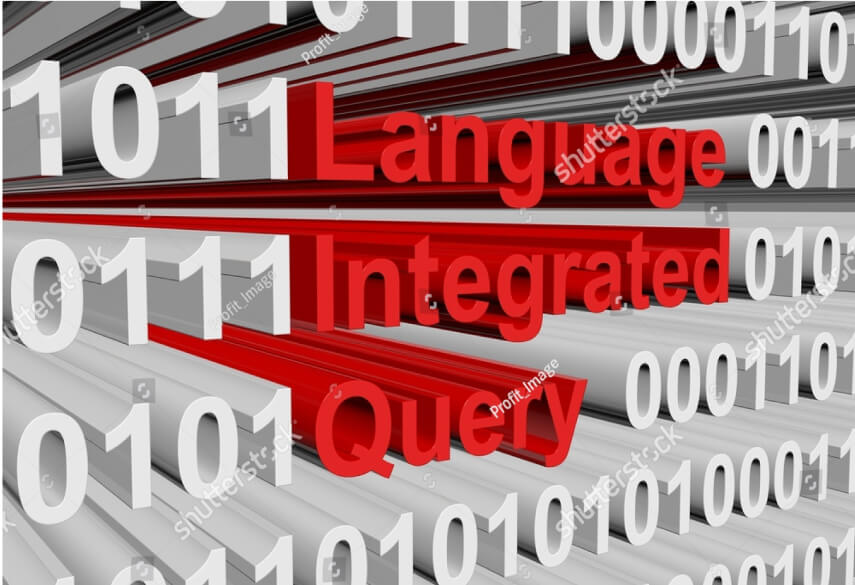
Webpack
Webpack is a module bundler for JavaScript applications that processes and bundles various assets, including scripts, styles, and images, into a single or multiple output files. It optimizes performance through features like code splitting and tree shaking. Webpack’s configuration allows customization of the build process to suit specific project needs.
- Module Bundling
- Code Splitting
- Tree Shaking
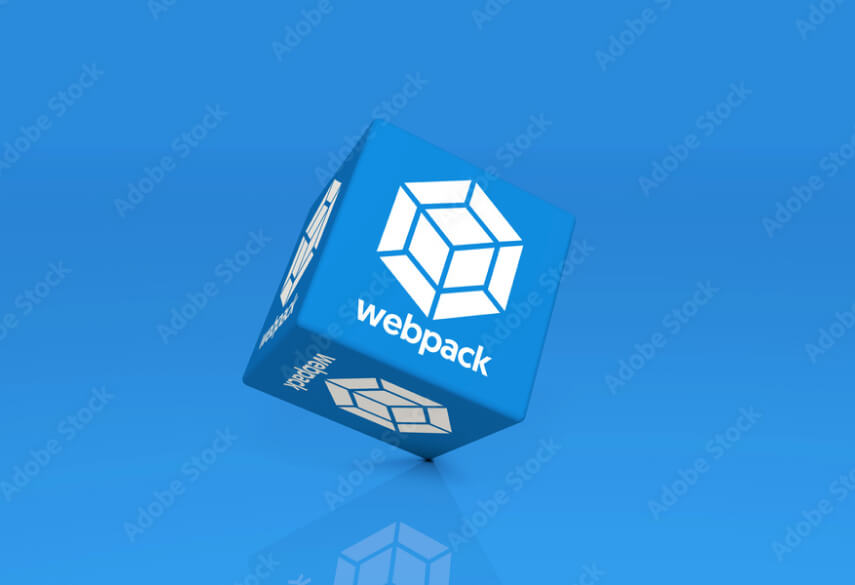
Babel
Babel is a JavaScript compiler that converts modern JavaScript code into a version compatible with older browsers. It allows developers to use the latest language features and syntax, ensuring broader compatibility and smoother integration. Babel can also transform JSX and TypeScript into plain JavaScript.
- Plugin and Preset System
- Polyfill Management
- Source Maps
- Code Minification
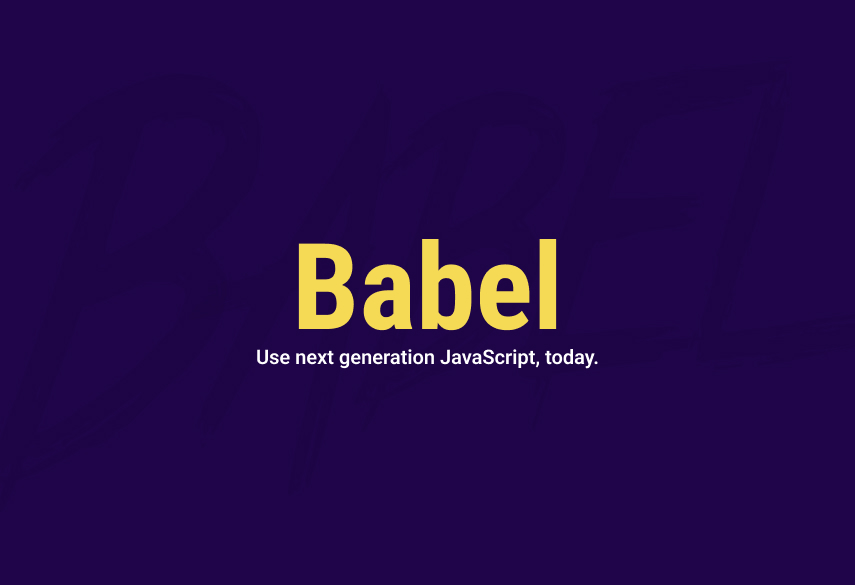
npm or Yarn
Both npm and Yarn are tools for managing JavaScript packages and dependencies, making it easier to install, update, and manage libraries in projects. They handle package installations, ensure consistent versions across projects, and provide commands for managing dependencies and scripts.Yarn offers faster installations and deterministic dependency resolutions, while npm has a broader ecosystem and extensive community support.
- Fast and Reliable
- Lockfile
- Workspaces
- Plug’n’Play (PnP)
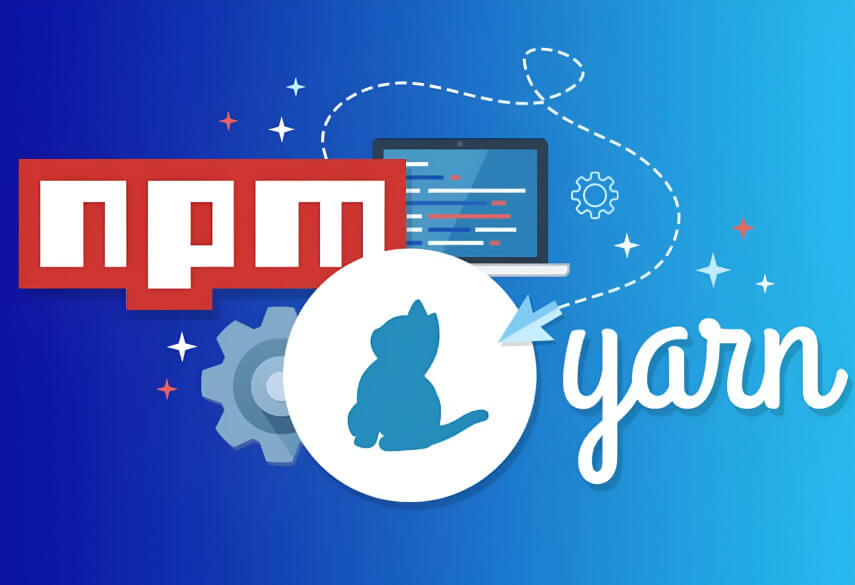
Redux
Redux is a state management library for JavaScript applications, often used with React. It centralizes application state in a single store, allowing for predictable state changes via actions and reducers. This ensures a consistent and maintainable approach to managing complex state logic in applications.
- Single Source of Truth
- Predictable State Changes
- Action-Based Updates
- Time-Travel Debugging
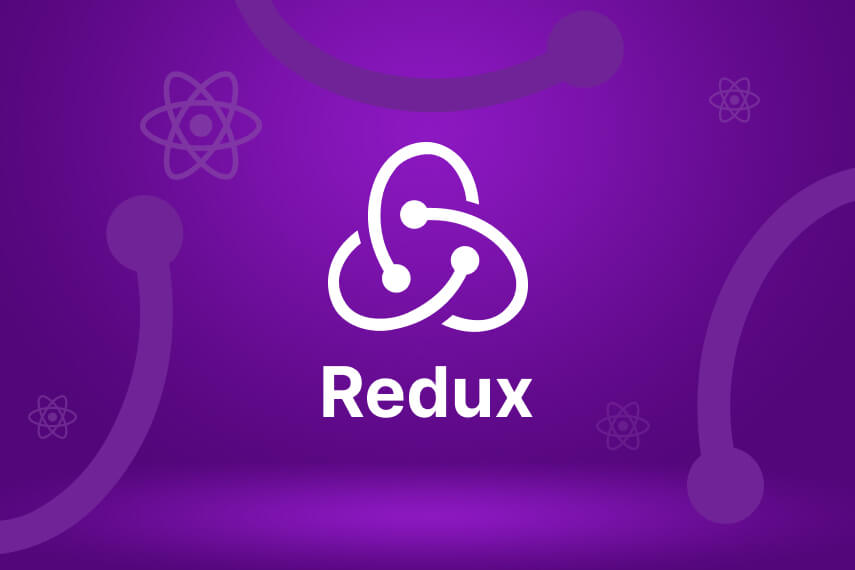
React Router
React Router is a library for managing navigation in React applications. It allows developers to define multiple routes in their app and handle navigation between them seamlessly. React Router supports dynamic routing, nested routes, and route matching to enhance the user experience.
- Declarative Routing
- Nested Routing
- Dynamic Routing
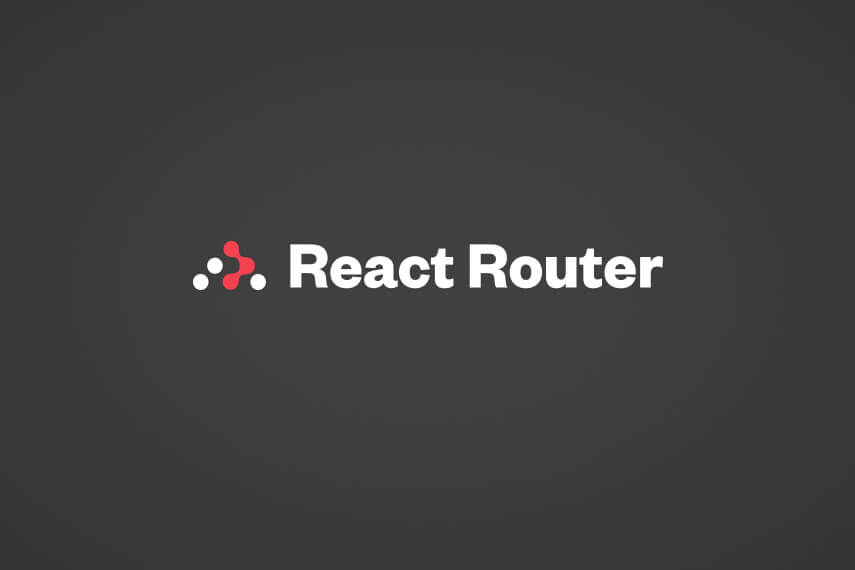
Jest or Mocha
Jest and Mocha are popular JavaScript testing frameworks. Both facilitate unit and integration testing, offering tools to write, run, and manage tests. Jest, developed by Facebook, includes built-in assertion libraries and mocking, while Mocha, more flexible, requires additional libraries for assertions and mocking.
- Asynchronous Testing
- Test Suites and Cases
- Custom Matchers/Assertions
- Test Reporting
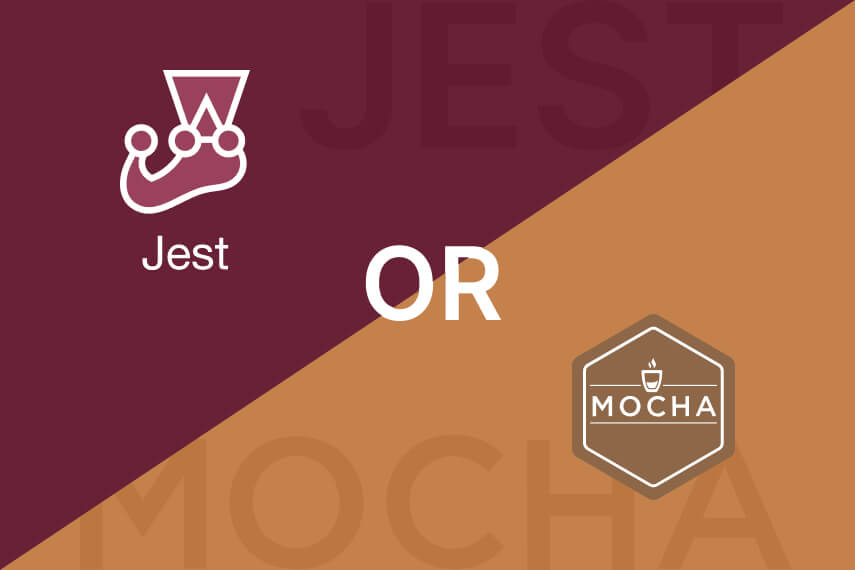
RESTful API
A RESTful API is an architectural style for an application programming interface that uses HTTP requests to access and use data. That data can be used to GET , PUT , POST and DELETE data types, which refers to reading, updating, creating and deleting operations related to resources.
- Stateless Communication
- Resource-Based
- Standard HTTP Methods
- Uniform Interface
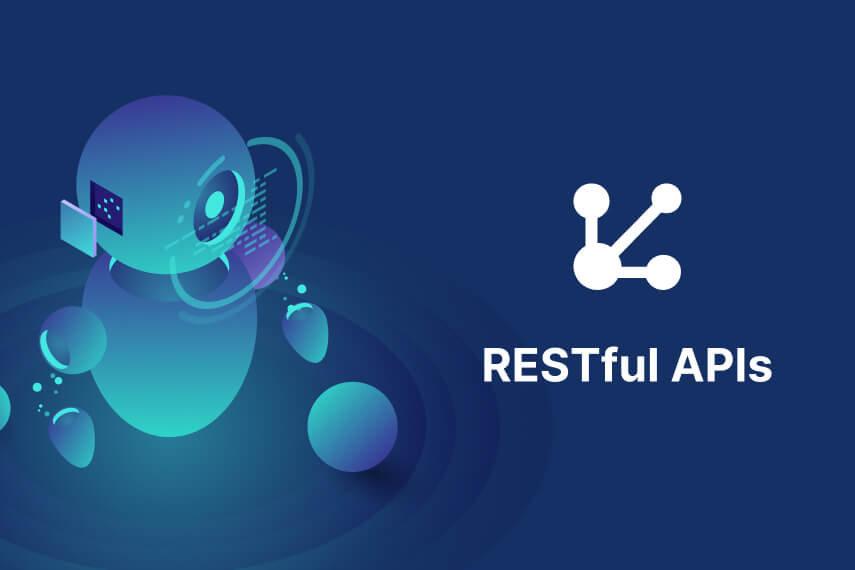
GraphQL
GraphQL is a query language for APIs that allows clients to request exactly the data they need and nothing more. It enables efficient, flexible, and powerful data retrieval by allowing clients to specify their data requirements. Unlike REST, which relies on multiple endpoints, GraphQL uses a single endpoint to handle various queries and mutations.
- Flexible Querying
- Strongly Typed Schema
- Single Endpoint
- Real-Time Updates
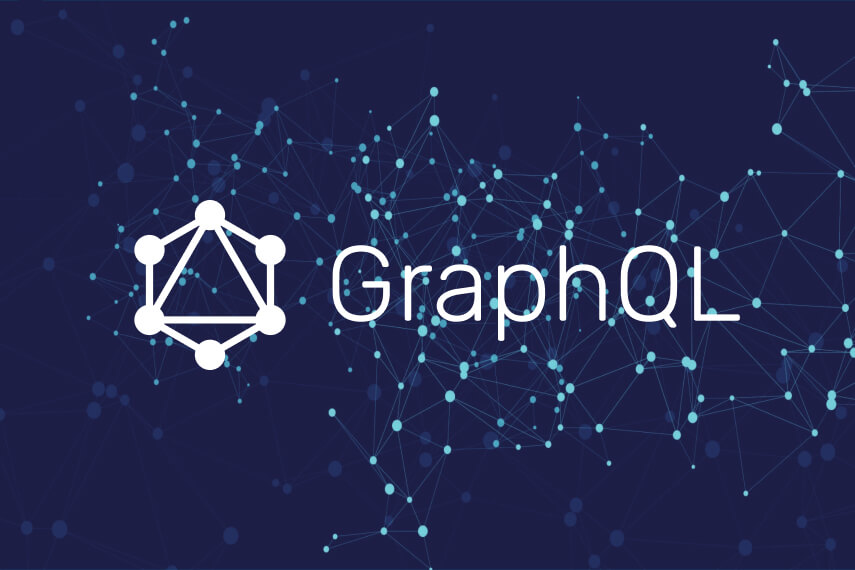
Bootstrap or Material-UI
Bootstrap and Material-UI are libraries that streamline UI development. Bootstrap provides a set of CSS and JavaScript tools for responsive, mobile-first design, while Material-UI offers React components following Google’s Material Design principles. Both enhance development efficiency with pre-designed elements for consistent, appealing interfaces.
- Responsive Design
- Predefined Components
- Customization Options
- Grid System
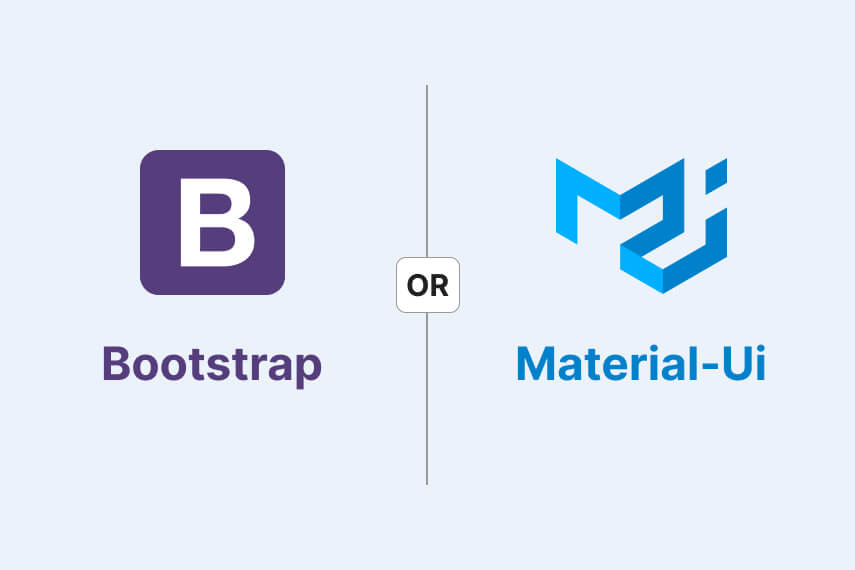
Kubernetes
Kubernetes is an open-source platform for automating the deployment, scaling, and management of containerized applications. It orchestrates clusters of containers, ensuring high availability and efficient resource utilization. Kubernetes provides a framework for managing complex applications with multiple containers across distributed environments.
- Self-Healing
- Automated Deployment
- Declarative Configuration

Docker
Docker is an open-source platform that automates the deployment of applications inside lightweight, portable containers. Containers package an application and its dependencies together, ensuring consistency across different environments. This makes it easier to develop, ship, and run applications efficiently and reliably.
- Isolation
- Portability
- Containerization

Git
Git is a distributed version control system used to track changes in source code during software development. It allows multiple developers to collaborate on projects by managing code changes and branches efficiently. Git also supports local and remote repositories, enabling flexible workflows and version history tracking.
- Distributed Version Control
- Branching and Merging
- Commit History
- Staging Area

GitHub or GitLab or Bitbucket
GitHub, GitLab, and Bitbucket are popular platforms for version control and collaborative software development. They each offer Git repository hosting with features like issue tracking, pull requests, and continuous integration. While GitHub is known for its extensive community and open-source focus, GitLab provides an integrated DevOps lifecycle, and Bitbucket emphasizes tight integration with Atlassian products.
- Version Control
- Pull/Merge Requests
- Issue Tracking
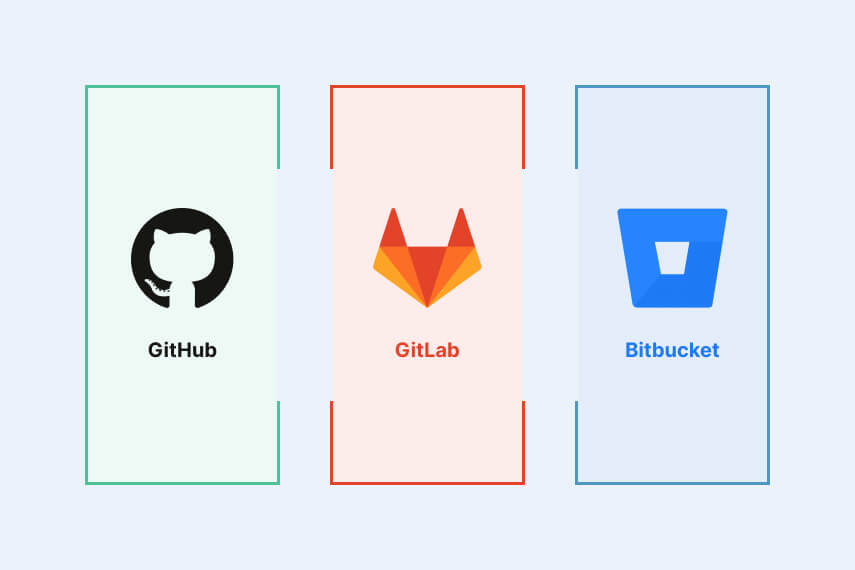
Postman
Postman is a popular API development tool that simplifies the process of testing, designing, and documenting APIs. It provides a user-friendly interface for sending HTTP requests, managing API workflows, and analyzing responses.
- Request Building
- Collection Management
- Automated Testing
- Environment Variables
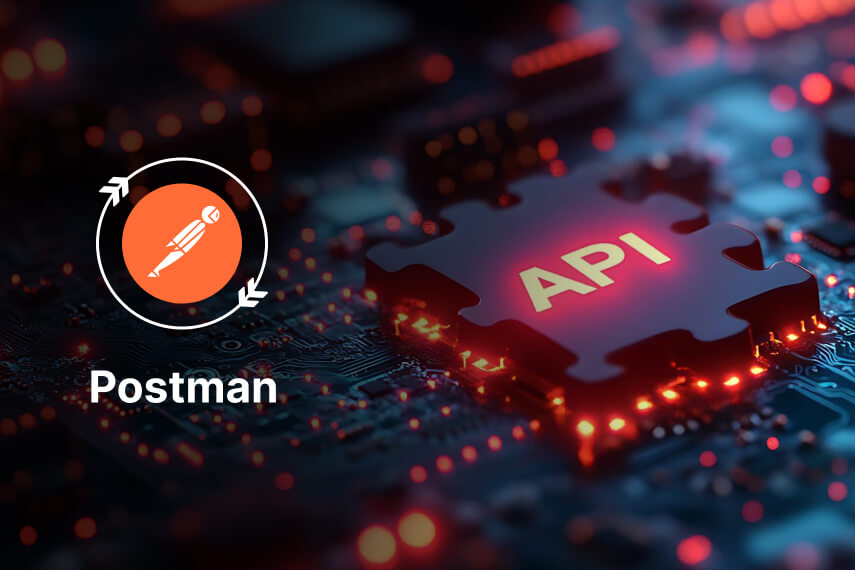
Swagger
Swagger, now known as OpenAPI, is a powerful tool for designing, building, and documenting RESTful APIs. It provides a comprehensive framework for specifying API endpoints, request and response formats, and other crucial details, making it easier for developers to understand and interact with APIs. Swagger’s interactive documentation facilitates both development and testing, streamlining the API lifecycle.
- Interactive API Documentation
- API Design & Specification
- Code Generation
- Validation & Testing
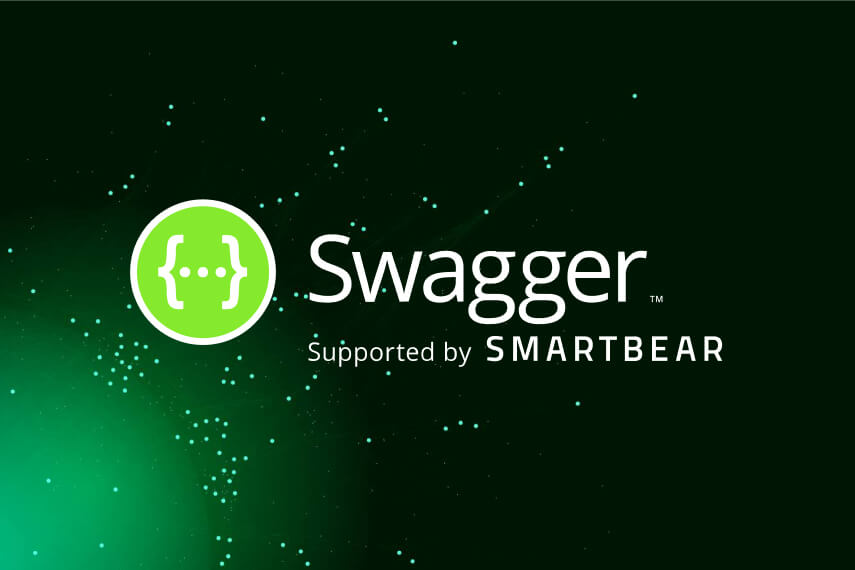
Terraform or Ansible
Terraform and Ansible are powerful infrastructure automation tools that help manage and provision IT resources. They enable Infrastructure as Code (IaC), making the setup and configuration of systems repeatable and scalable. Both tools improve efficiency by automating complex processes and reducing human error.
- Declarative Syntax
- Automation
- Infrastructure as Code
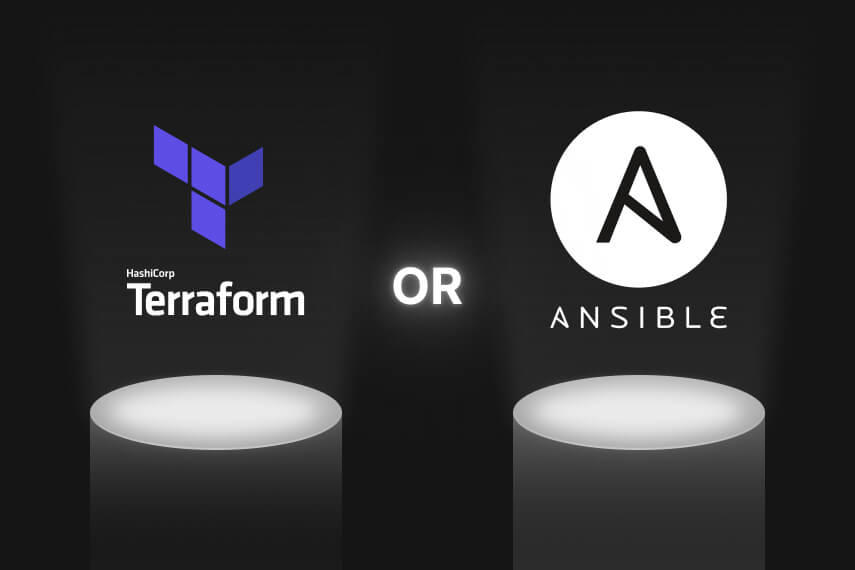
JIRA or Trello
JIRA and Trello are popular project management tools designed to help teams organize and track their work. They offer flexible task management features and visualization options to improve productivity and collaboration. Both tools are widely used for managing projects, workflows, and team tasks in various industries.
- Task Management
- Boards and Lists
- Collaboration
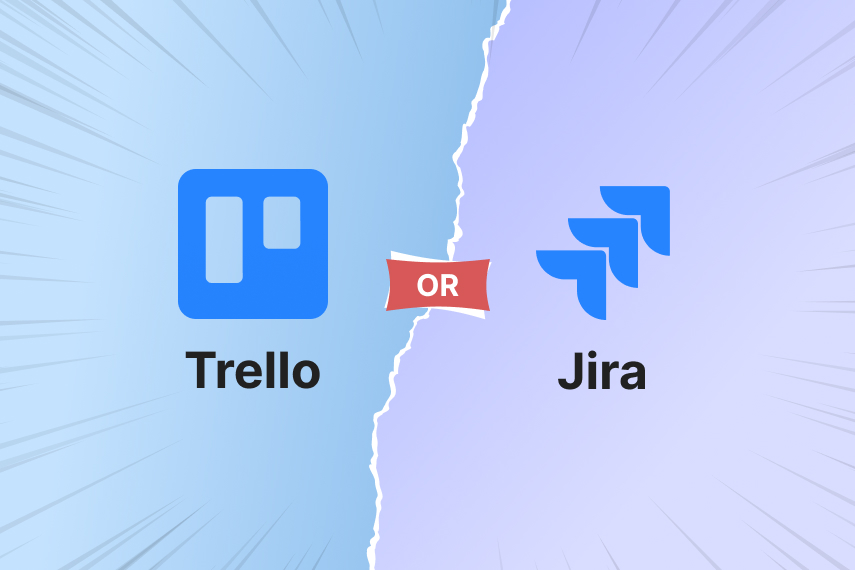
ESLint or TSLint
ESLint and TSLint are popular static code analysis tools used for identifying and fixing problems in JavaScript and TypeScript code. They help enforce coding standards and improve code quality by detecting syntax errors, stylistic issues, and potential bugs. These tools can be customized with rules and configurations to fit the specific needs of a project.
- Customizable Rules
- Automatic Fixing
- Integration with IDEs
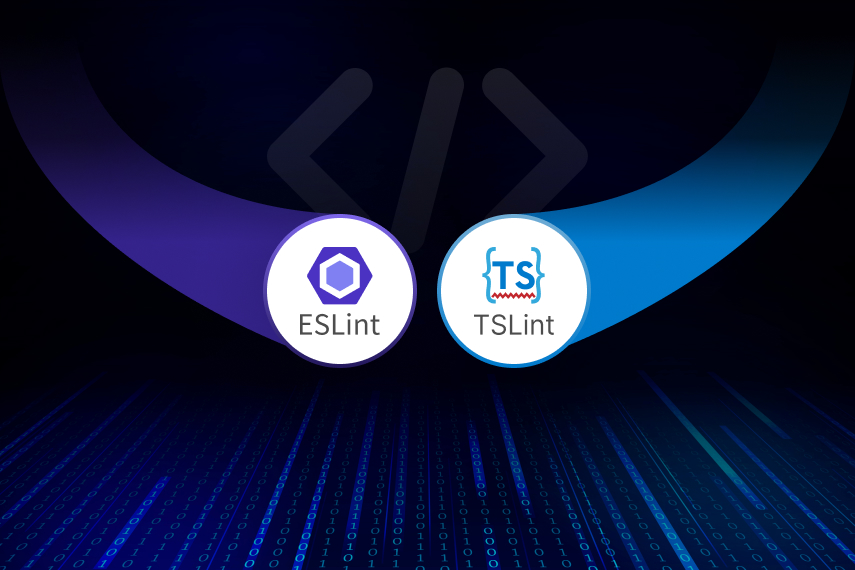
Prettier
Prettier is an opinionated code formatter that automatically formats code to ensure a consistent style across projects. It supports various languages and integrates seamlessly with many editors, making code cleanup effortless and standardized.
- Automatic Formatting
- Supports Multiple Languages
- Editor Integration
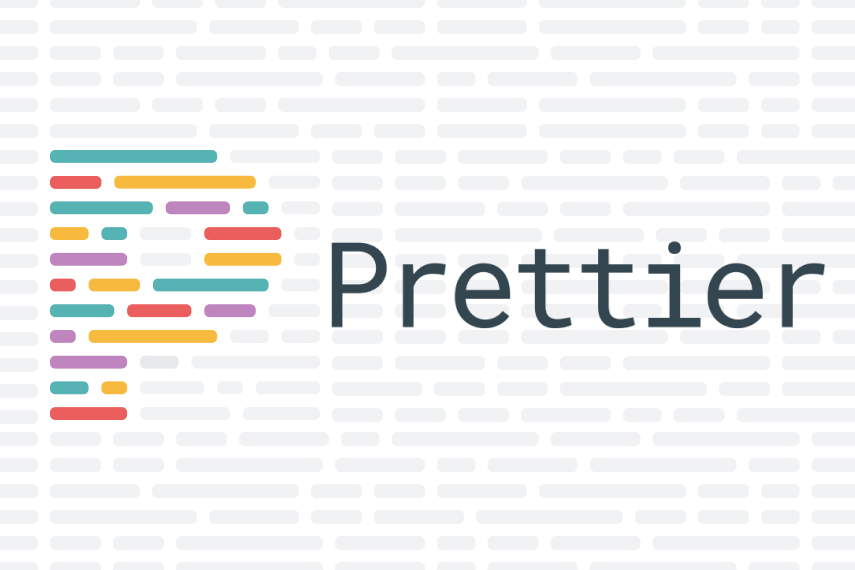
Azure or AWS or Google Cloud Platform
Azure, AWS, and Google Cloud Platform (GCP) are leading cloud computing platforms offering a range of services and solutions for businesses. They provide scalable and flexible cloud infrastructure, enabling enterprises to deploy applications, store data, and leverage advanced technologies such as artificial intelligence and machine learning.
- Scalability
- Global Reach
- Cost Management
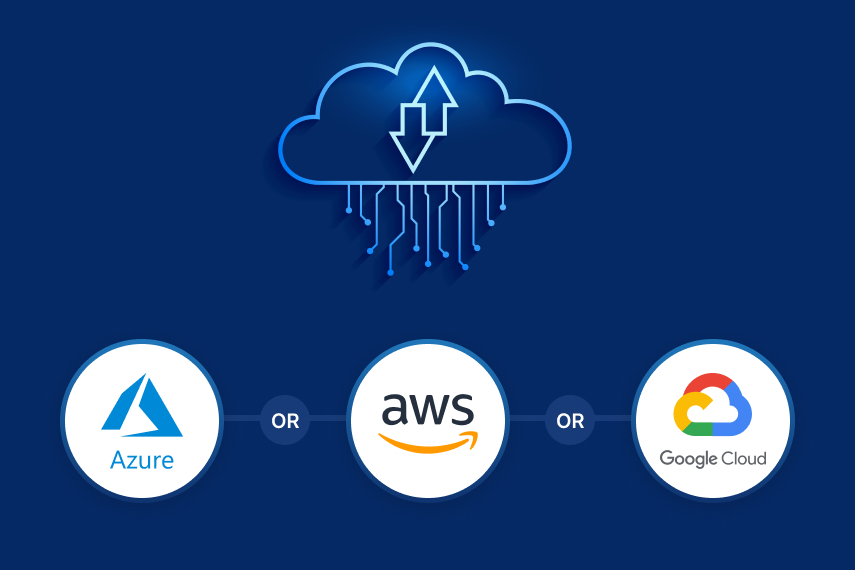
Visual Studio or Visual Studio Code
Visual Studio and Visual Studio Code are powerful development environments from Microsoft designed to streamline the coding process. They offer comprehensive tools for coding, debugging, and testing applications across various platforms. Both integrate with numerous extensions and services to enhance productivity and support diverse programming languages.
- Intelligent Code Editing
- Built-in Debugging
- Extension Marketplace
- Version Control Integration
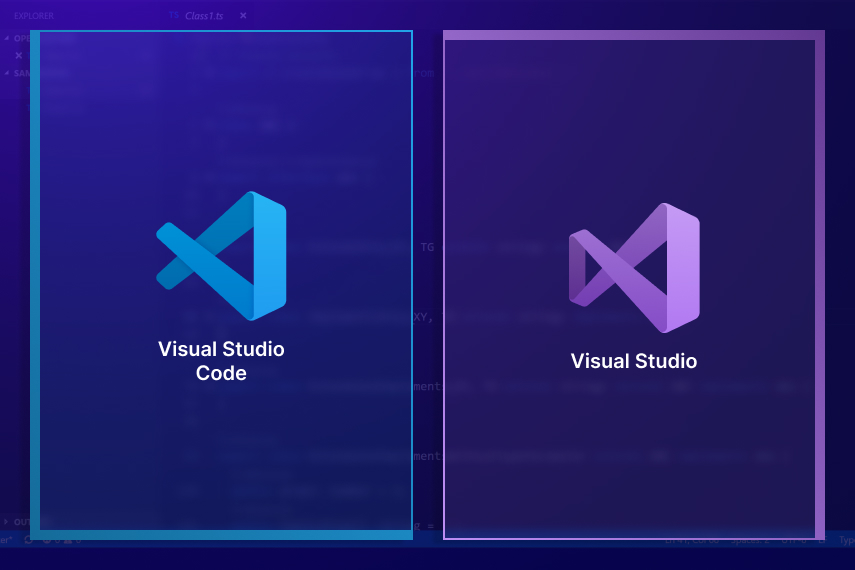
 News: ADEVCO Develops Fully HIPAA-Compliant Psychiatric Care EMR in Under Four Months.
News: ADEVCO Develops Fully HIPAA-Compliant Psychiatric Care EMR in Under Four Months.